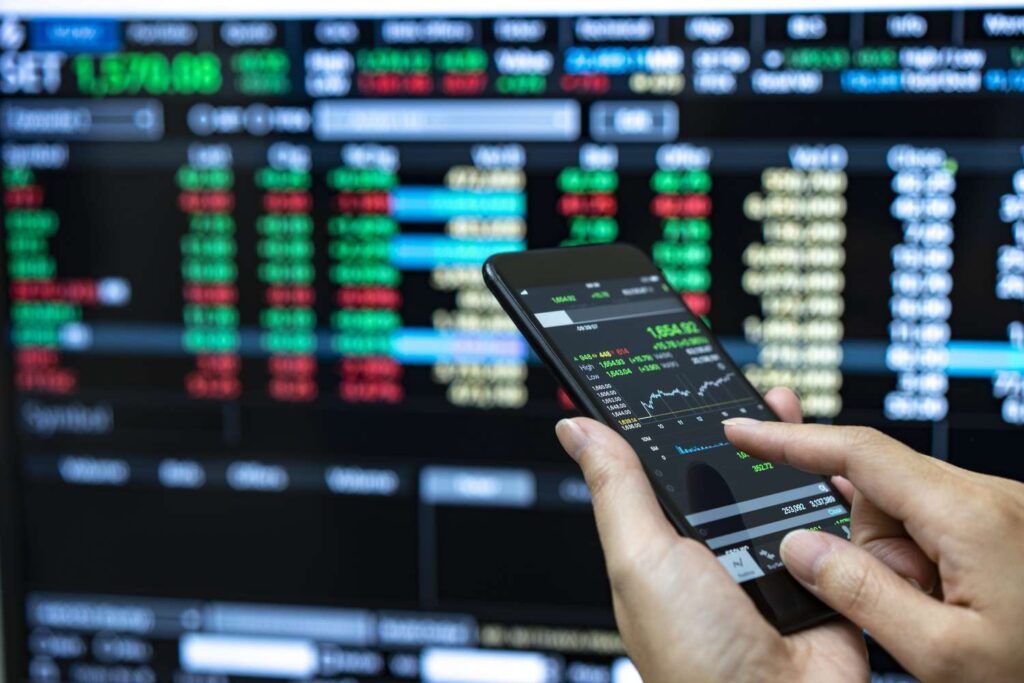
What Is Trading?
Trading refers to the buying and selling of financial instruments—like stocks, forex, cryptocurrencies, or commodities—with the goal of making a profit. Unlike long-term investing, trading often involves short-term strategies that capitalize on market fluctuations.
Step 1: Understand the Different Types of Trading
Before you place your first trade, understand the main types of trading:
-
Day Trading: Buying and selling assets within a single day.
-
Swing Trading: Holding positions for several days or weeks to capture short- to medium-term trends.
-
Position Trading: Long-term trading based on fundamental trends.
-
Scalping: Making dozens or hundreds of trades per day to “scalp” small profits.
Each style suits different personalities, time commitments, and risk tolerances.
Step 2: Choose Your Market
Decide which financial market you want to trade in. Common options include:
-
Stock Market: Trading shares of companies (e.g., Apple, Amazon).
-
Forex Market: Trading currency pairs (e.g., EUR/USD).
-
Cryptocurrency Market: Trading digital currencies (e.g., Bitcoin, Ethereum).
-
Commodities: Trading raw materials (e.g., gold, oil).
Each market operates differently and has its own trading hours, volatility, and risk.
Step 3: Learn the Basics
You don’t need a finance degree, but you do need to understand core concepts. Start by learning:
-
How orders work: Market orders, limit orders, stop-loss orders.
-
Charts and indicators: Moving averages, RSI, MACD, candlestick patterns.
-
Risk management: Position sizing, stop-loss placement, risk/reward ratios.
-
Fundamental vs. technical analysis.
Books, YouTube channels, trading simulators, and online courses can all help build your foundation.
Step 4: Choose a Reliable Trading Platform
Select a broker or trading platform that suits your market and trading style. Consider:
-
Fees and commissions.
-
Ease of use and user interface.
-
Customer support.
-
Available tools and features.
-
Regulation and safety.
Popular platforms include eToro, TD Ameritrade, Interactive Brokers, Binance (for crypto), and MetaTrader (for forex).
Step 5: Open and Fund Your Account
Once you’ve picked a broker, you’ll need to:
-
Sign up and complete identity verification (KYC process).
-
Deposit funds via bank transfer, credit card, or digital wallet.
-
Choose a base currency for your account (usually USD or your local currency).
Start with money you can afford to lose. Trading involves risk, and losing trades are part of the process.
Step 6: Start With a Demo Account
Before risking real money, practice with a demo or paper trading account. These accounts simulate real market conditions using virtual funds, allowing you to:
-
Get comfortable with the platform.
-
Test your strategies risk-free.
-
Learn how to manage trades and emotions.
Many brokers offer free demo accounts.
Step 7: Develop a Trading Strategy
A solid trading strategy outlines:
-
Entry criteria: What signals tell you when to buy.
-
Exit criteria: When to sell or close a trade.
-
Risk management rules: How much to risk per trade.
-
Time commitment: When and how often you’ll trade.
Backtest your strategy using historical data before applying it live.
Step 8: Start Small and Track Your Performance
Begin trading with small positions and gradually increase as you gain confidence. Keep a trading journal to record:
-
Each trade’s entry and exit points.
-
Your reasoning behind the trade.
-
The outcome and what you learned.
Reviewing your trades helps identify strengths, weaknesses, and areas for improvement.
Step 9: Stay Disciplined and Manage Risk
Successful trading is more about discipline and risk management than finding the perfect strategy. Follow these tips:
-
Never risk more than 1-2% of your capital on a single trade.
-
Use stop-loss orders to limit losses.
-
Don’t let emotions drive your decisions.
-
Take breaks and avoid overtrading.
Consistency and patience are key.
Step 10: Keep Learning
The markets are constantly changing, and successful traders are lifelong learners. Stay up-to-date with:
-
Financial news and economic calendars.
-
New trading strategies and tools.
-
Market psychology and behavioral finance.
Join trading communities or forums like Reddit’s r/Daytrading or TradingView for ideas and support.
Final Thoughts
Starting your trading journey can be exciting, but it’s not a get-rich-quick scheme. It takes time, practice, and a willingness to learn from both wins and losses. By following a structured approach, staying disciplined, and managing risk wisely, you’ll give yourself the best chance of long-term success in the markets.
Ready to start trading? Start with a demo account, test your skills, and never stop learning. The markets are waiting!
